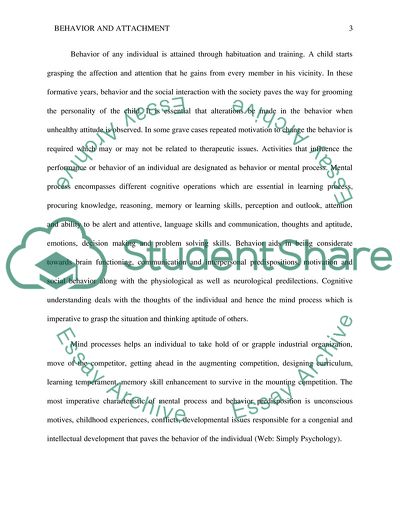Cite this document
(Comparison of Behavior and Attachment Theories Coursework Example | Topics and Well Written Essays - 2500 words, n.d.)
Comparison of Behavior and Attachment Theories Coursework Example | Topics and Well Written Essays - 2500 words. https://studentshare.org/psychology/1848529-comparison-of-behavior-and-attachment-theories
Comparison of Behavior and Attachment Theories Coursework Example | Topics and Well Written Essays - 2500 words. https://studentshare.org/psychology/1848529-comparison-of-behavior-and-attachment-theories
(Comparison of Behavior and Attachment Theories Coursework Example | Topics and Well Written Essays - 2500 Words)
Comparison of Behavior and Attachment Theories Coursework Example | Topics and Well Written Essays - 2500 Words. https://studentshare.org/psychology/1848529-comparison-of-behavior-and-attachment-theories.
Comparison of Behavior and Attachment Theories Coursework Example | Topics and Well Written Essays - 2500 Words. https://studentshare.org/psychology/1848529-comparison-of-behavior-and-attachment-theories.
“Comparison of Behavior and Attachment Theories Coursework Example | Topics and Well Written Essays - 2500 Words”. https://studentshare.org/psychology/1848529-comparison-of-behavior-and-attachment-theories.


